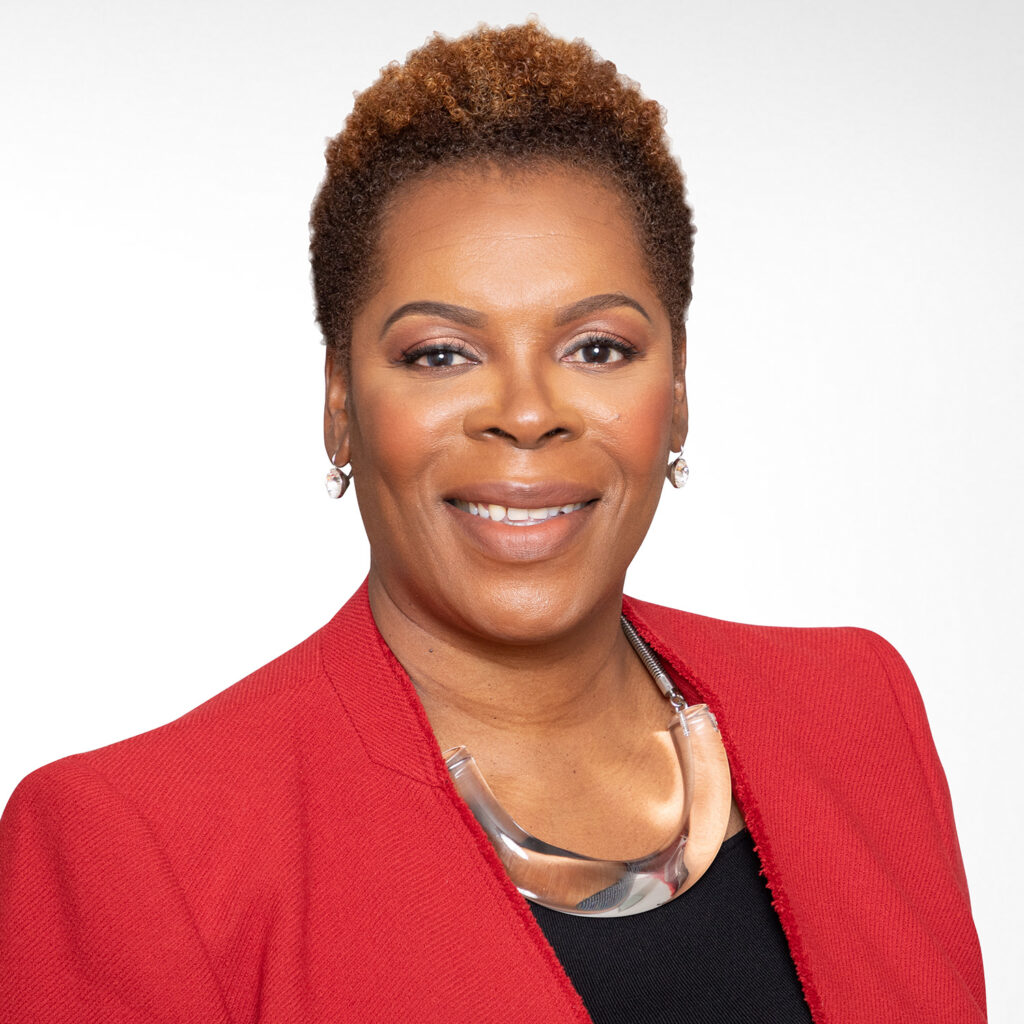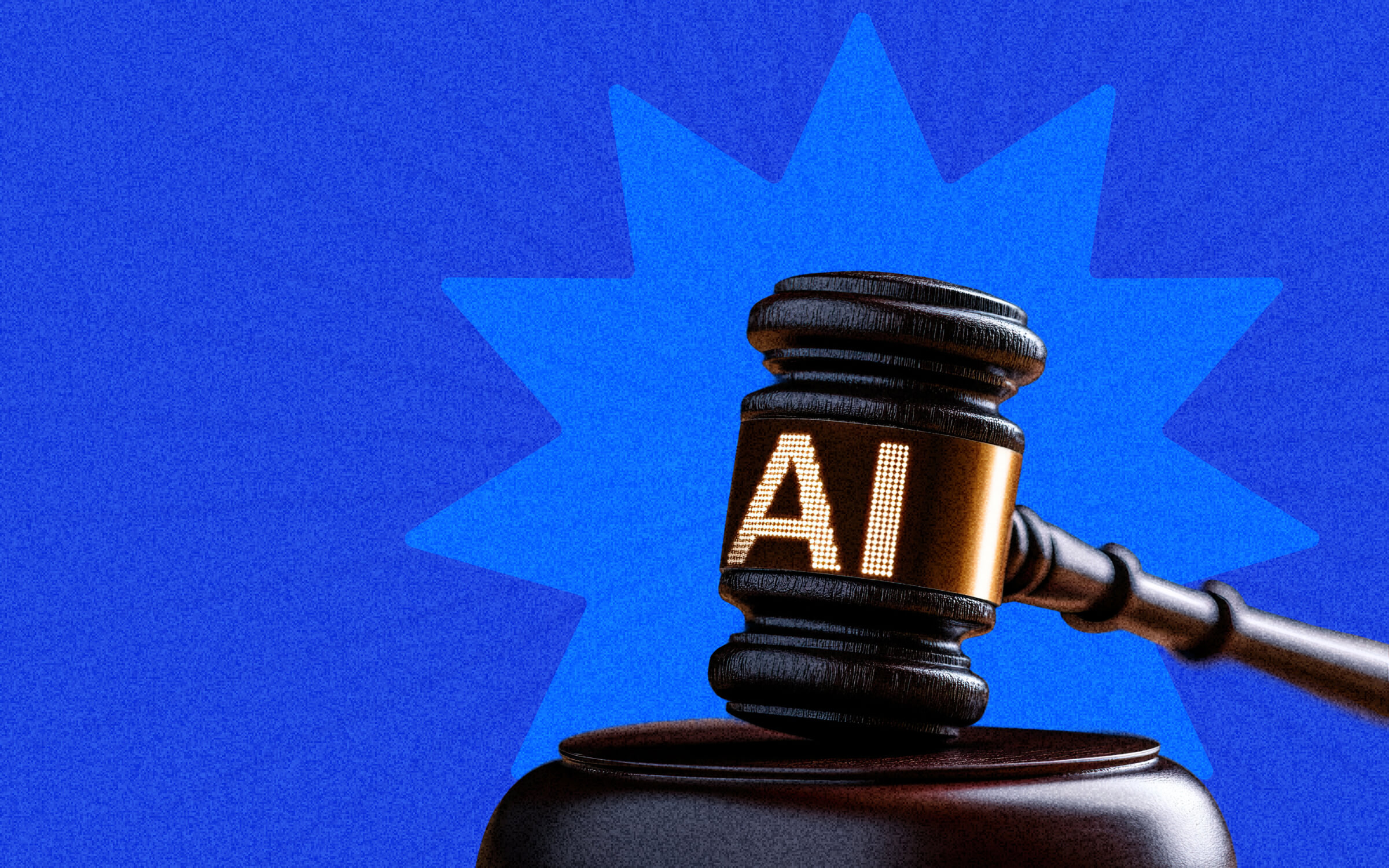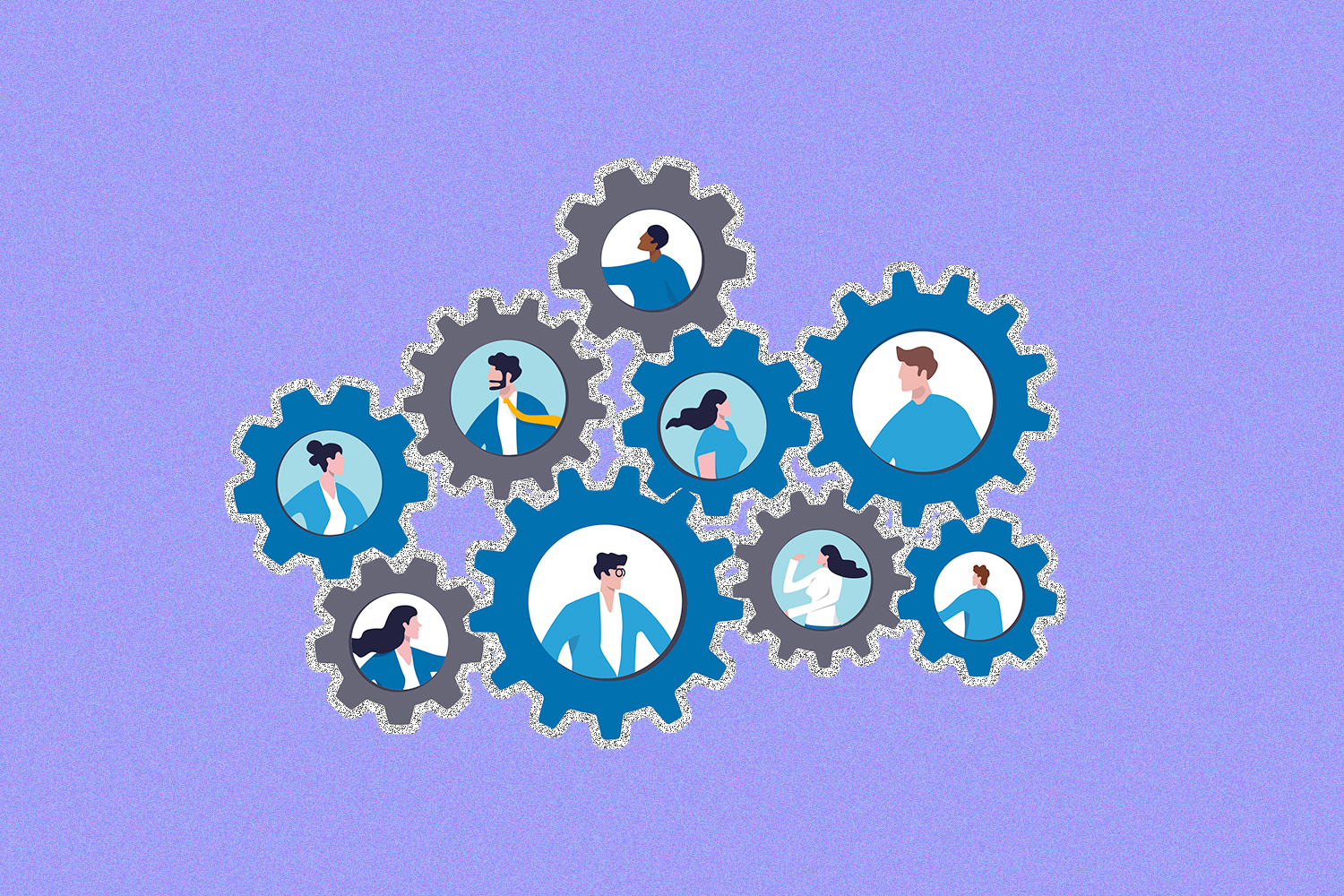On March 1, Cushman & Wakefield hosted its first-ever Supplier Diversity Day. The commercial real estate company hosted diverse supplier speakers, showcased a new supplier portal and shared its commitment to supplier diversity.
The event comes within a year of the tenure of Nadine Augusta, the 50,000-employee company’s first chief diversity, equity and inclusion officer. When she came in, Augusta and her colleagues found supplier diversity, the variety of suppliers and vendors from diverse backgrounds, as one the most urgent areas to tackle. The commercial real estate company had supplier diversity efforts in place, but Cushman & Wakefield clients pushed the company to expand these initiatives. “We’ve had to respond to our clients’ expectations around that,” August says. “We needed to get strategic about it.”
In a conversation with Senior Executive Media, Augusta talked about the event, Cushman & Wakefield’s supplier diversity efforts and other DEI initiatives. Read the edited interview below.

“Our strategy essentially is to ensure that, as we’re working with our clients and as we’re making procurement decisions for ourselves, that we have a lens of diversity.”
Nadine Augusta, Chief Diversity, Equity and Inclusion Officer at Cushman & Wakefield
Senior Executive Media: Can you share your supplier diversity strategy?
Nadine Augusta: Supplier diversity is a really core component of our DEI strategy. In really defining what our DEI strategy is, supply diversity emerged pretty quickly as one where we needed to focus. We had supplier diversity efforts. We’ve had to respond to our clients’ expectations around that. But we needed to get strategic about it, so we have a supplier diversity team in place.
So if you attended Supplier Diversity Day, then you’ve had exposure to Egwu Nwankpah, who is the head of supplier diversity for us. We’ve put a strategy in place and a tool called Quantum, which is a database that really houses the diverse suppliers that we do have, and that our businesses can choose from, to respond to clients’ needs. And so our strategy essentially is to ensure that, as we’re working with our clients and as we’re making procurement decisions for ourselves, that we have a lens on diversity. We’re laser-focused on increasing the spend with diverse communities. We’re having the strategic approach to ensure that we’re identifying vendors that align to the categories of spend that we have the most, whether it’s janitorial services, or it’s engineers, or it covers the gamut of the types of services and vendors that we use for ourselves and for our clients.
Our strategy is very much aligned to that Supply Diversity Day was really a signal out to the broader community that this is a core focus for us. It’s a core focus for us. We had over 6,000 people participate in that session. We’ve increased the traffic to our supplier diversity website significantly, because it was a huge success, but it also signals that we’re focused on the right things, and there’s going to be more opportunities like that.
The other thing that I’ll highlight is that we’ve [DEI team] been in place a year. Egwu, actually, and his team has been in place less than a year, he actually joined in July. Over this period, we’ve increased our spend from 2020 to the end of 2021. Our 2021 spend was $580 million to diverse suppliers, and that’s a 30% increase over 2020.
Senior Executive Media: Could you go into the evolution of the DEI initiatives? Where were they before you came in?
Nadine Augusta: When I joined the company, we weren’t starting from scratch in our DEI journey. We had employee resource groups in place, for example, and there had been different initiatives happening in the organization. My goal was really to implement a global DEI strategy that will serve to guide us on our journey forward. To really help us to get there, I spoke with employees and leaders across the organization and poured into all kinds of data to just understand how we’re doing with our hiring, our development and promotion of talent or retention of talent. Also, just really understanding what does this look like from a business perspective? What are clients expecting? How are we delivering that? What role can DEI play to help us drive greater, greater value on our client-side?
We did our first global diversity, equity and inclusion survey last year and heard from employees around the globe. Over 16,000 employees responded and provided their feedback on their experience at the company about what’s working well and what they enjoy about working at Cushman, as well as what the opportunities are and what their feedback and suggestions are on where we need to focus around DEI. [We] got a lot of great insights that really fed into the strategy that we put in place for diversity, equity inclusion that’s driving us forward.
Senior Executive Media: Can you go into the insights that you got from the survey?
Nadine Augusta: Our survey really highlighted a few things. So employees talked about wanting more education. They wanted to ensure that they themselves understood when we talk about diversity, equity, inclusion. What does that really mean? What does it mean for them? They wanted to ensure that we had a focus on cultural competency. They wanted their peers and the leaders to just be better equipped to understand and to interact across cultural lines, and so education is a huge focus. Coming out of that we’re implementing an educational curriculum.
We’ve implemented goals that we’ve pushed down to the entire organization around education. All of our employees have educational goals: two hours of required DEI learning and two hours of additional DEI events or DEI experiences. And I feel really strongly that’s just a baseline component of how we grew our efforts. We all need to understand where we are and increase our understanding around DEI matters.
Senior Executive Media: Your company spans the globe. People all over the world have their own perceptions of gender, race, sexual orientation, etc. How do you determine whether you’re being effective?
Nadine Augusta: So our workforce is over 50,000 employees in 60 countries, 400 offices. It’s a pretty large, organizational employee base. And so there’s a few ways that we measure how we’re doing and how effective our focus is. And so we keep our finger on the pulse of a couple of things. So the baseline survey that we did last year, we’re going to follow up on that. And so we’ll be able to sort of measure the distance between what our employees told us when we first did the survey and, and what their responses are, the next time we do the survey. We’re tracking how we’re doing with our hiring or retention or promotion that all of that is just a part of how we measure the progress that we’re making as an organization.
We have employee resource groups that are in place in the organization as well, where we’ve been spending some effort and sometimes really ensuring that they’re very well supported, and that they have what they need to be really effective within an organization. We think the ERGs are a really good way to keep a finger on the pulse of what’s happening in the organization. And so they will help us to understand how things are working, what’s bubbling up with our employees, especially our employees who are traditionally underrepresented within the organization: women, racial and ethnically diverse colleagues, our LGBTQ plus colleagues, those with a disability. Really stay close with the ERGs. Hearing from them that is another way that we ensure that we’re keeping on top of what’s happening and whether the measures that we’re putting in place are having the intended impacts.
Senior Executive Media: How do you get policies to go from the top down to all 60 countries?
Nadine Augusta: So one of the ways we’re doing that is we’re implementing regional diversity, equity and inclusion councils, made up of senior leaders, and chaired by the CEO of the region. For example, we launched the council for Asia-Pacific. That council is chaired by the CEO of that region. It’s made up of heads of countries and other business leaders, and the role of the council is to ensure that we are establishing priorities for the region that’s relevant for the biggest opportunities that exist in the region. That takes into consideration the point that you’re making, the nuances that exist in the different countries in a region, and that we’re not trying to impose the American ideals and what we’re doing here in Singapore or India. We’re really implementing our DEI strategy locally from the lens of our leaders and our colleagues in those in the region in those countries.
Senior Executive Media: I imagine having the CEOs in these councils gives them much more authority.
Nadine Augusta: Absolutely. There’s many different ways to structure DEI councils. Many companies have them in place. The approach that I like to take, especially when we’re talking about councils at the regional level, is to ensure that we have the senior-most leadership on board. We want the decision-makers at the table. The tone has to be set from the top. And if we’re committed to this, those that are making decisions within the region need to be at the table. They need to be leading the effort. They need to be visible around it. They’re sort of the key decision-makers around talent and policies and so on. Having them be instrumental in deciding what happens in the region around the DEI and making it real on the ground is really critical.
Senior Executive Media: Can you give an example of when a council took your policy and brought it to the local level?
Nadine Augusta: Councils are just launching now, but I’ll give you a real example. I mentioned that our APAC Council has just launched. And one of the focuses that we have for APAC is really ensuring that we have our employee engagement and community as a focus. We have ERGs in Asia-Pacific. And one of the things we talked about yesterday was around the expansion of our ERGs and the region. So disability ERG unity, our LGBTQ+, and our women’s ERG, we’ve had a presence of the women’s ERG in Asia-Pacific. We’re strengthening that. LGBTQ+ and disability are new for the region. When you talk about having that type of conversation with the CEO of the region and country heads and other business leaders to say this is something that’s important, we know that we want to engage the colleagues that we have internally. We know that we want to address the opportunities that we have related to these populations, and so we’re making it a priority for the region.






